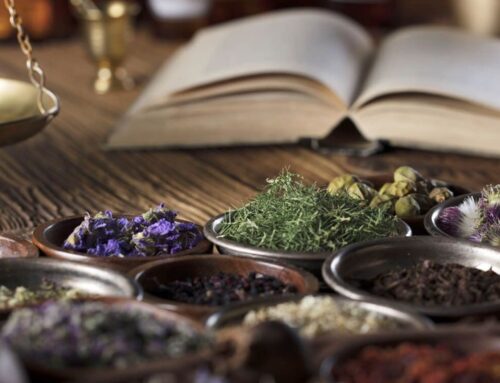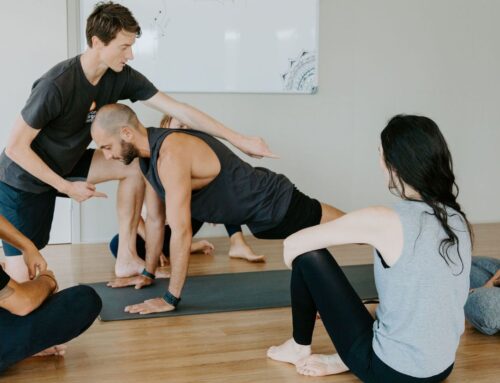Written by Brook McCarthy

Prana energy animates us and gives us energy. When one is in optimum health, prana is flowing freely through all nadis. When one is physically, emotionally or spiritually distressed or diseased, some of the nadis aren’t properly open, restricting the flow of prana to particular areas of the body.
Free-flowing nadis
The Sanskrit nadi derives from the root nad, which means ‘flow,’ ‘motion,’ or ‘vibration.’ There are 72,000 nadis according to ancient texts; the main nadis are shushumna, ida and pingala which run the length of the spine. Sushumna nadi is the centre channel around which ida and pingala spiral like a double helix.
Ida nadi begins at the left side of the sacrum, and ends at the left nostril and pingala nadi begins at the right side of the sacrum to the right nostril. Ida stimulates the right side of the brain; it is feminine, cooling, lunar energy which nourishes and purifies body and mind. Pingala nadi stimulates the left side of the brain; it is masculine, heating, solar energy which creates vitality and physical strength.
Kundalini rising
Where pingala and ida intersect sushumna creates a concentration of energy – this happens at seven places along the axis of the body and corresponds with the chakras, or energy centres. The three nadis end at the ajna chakra, midway between the eyebrows.
Sushumna nadi is the channel through which flows kundalini shakti, meaning latent ‘serpent power’. In yoga, enlightenment occurs when kundalini flows upwards through sushumna – known as ‘kundalini rising’. One of the most effective practices to help the flow of prana is to cleanse the nadis with nadi sodhana pranayama.
The practice of nadi sodhana pranayama
Start by sitting in a comfortable position. Bring your left hand onto the left knee, palm facing up with the tip of the first finger and thumb lightly touching. This is gyan mudra; it seals the energy flow in the hand.
Raise your right hand to the nose, keeping your elbow lifted, your shoulders relaxed. Curl the first and middle fingers into your palm and gently place your thumb on the right nostril and your ring and little fingers onto your left nostril without closing either nostril. This is Vishnu mudra.
Close your eyes and ensure that you are still sitting straight and your right elbow is lifted lightly. Close the left nostril with your ring and little fingers and exhale your breath thoroughly through the right nostril. Your thumb is lightly resting on your right nostril.
Start the pranayama by inhaling through your right nostril, pausing at the top of the breath. Open the left nostril, close the right nostril with your thumb and exhale slowly through your left nostril, pausing at the bottom of the breath. Inhale through the left nostril and pause. Open the right nostril, close the left nostril, exhale through your right nostril and pause.
Continue at your own pace, keeping the inhalation and exhalation roughly the same length. If you have a blocked nose, are becoming short of breath, feel tight in the chest, or experience any other discomforts, it is best to discontinue the practice until you feel better.
When you’ve had enough, finish the practice by exhaling through your right nostril, then bring the right hand down onto the right knee in gyan mudra and breath normally. Lie in savasana, corpse pose, to enjoy the effects of nadi sodhana pranayama on the mind and body.
Cultivating prana
Prana energy is gained through our foods and water as well as our breath. Our diet, our physical asana yoga practice, meditation and pranayama all help to cultivate more prana in the body. These practices are part of the eight limbs of yoga, taught as Purna Yoga by Byron Yoga Centre teachers. But pranayama practice cultivates higher quality breathing and is most important for influencing the activity of prana in the body.
Practising nadi sodhana pranayama regularly keeps the nadis clean and helps the flow of prana. It is one of the most effective springtime ‘detoxs’ around and may, with time and commitment, help us experience the cosmic bliss of kundalini rising.
If you are practicing pranayama for the first time, it is best to do so under the supervision of an experienced teacher.
Byron Yoga Centre founder John Ogilvie teaches a six-hour workshop on the chakras. Inquire here if you’d like him to teach at your school.




